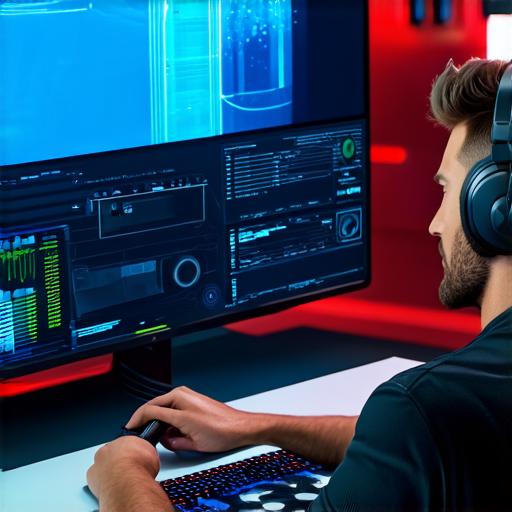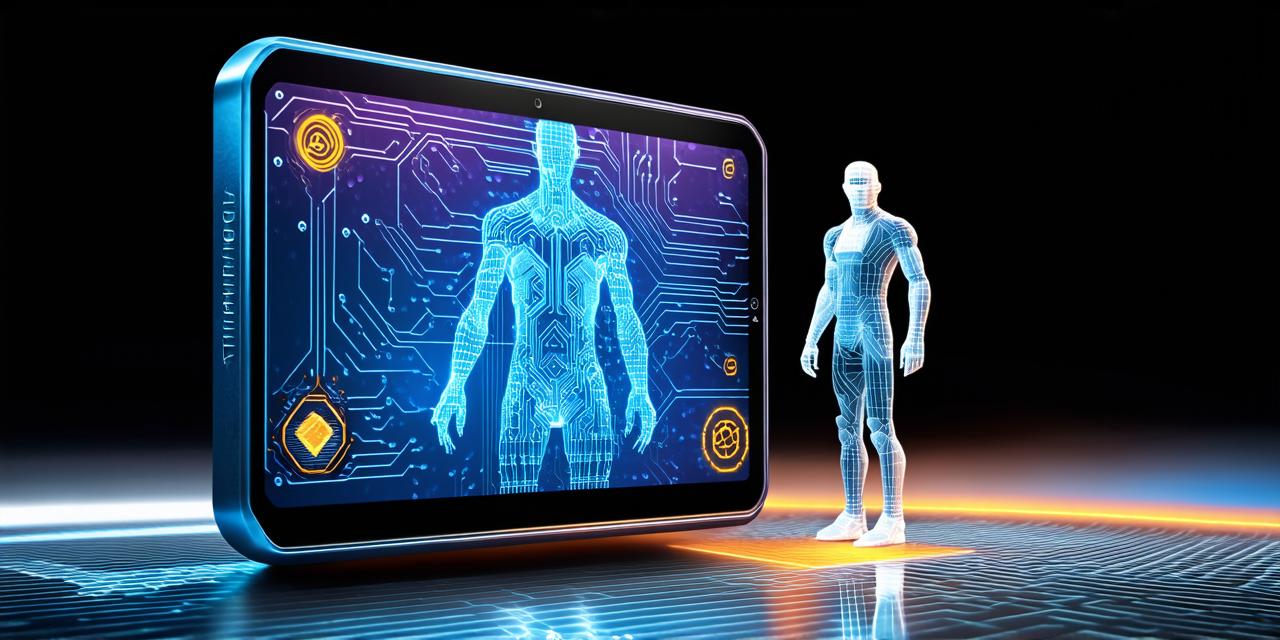Augmented reality (AR) technology is rapidly gaining popularity among businesses and consumers alike. One of the most promising applications of AR is in the field of medical education, where it can be used to enhance learning experiences and improve surgical outcomes. Visible Body is a leading provider of AR-based medical visualization tools that enable users to explore complex anatomy and physiology in a highly interactive and immersive way. In this article, we will provide a step-by-step guide on how to enable augmented reality mode in Visible Body, with a focus on its use in medical education and training.
Step 1: Install the Visible Body app
The first step is to download and install the Visible Body app on your device. The app is available for both iOS and Android devices and can be downloaded from the App Store or Google Play Store. Once installed, open the app and select the “Visible Body” option from the menu.
Step 2: Choose a model
Next, choose a model that you want to visualize in AR mode. Visible Body offers a wide range of models, including human anatomy, animal anatomy, and even plant anatomy. For the purpose of this article, we will use the human anatomy model as an example. Once you have selected your model, tap on the “AR” button to enable AR mode.
Step 3: Position your device
Now that AR mode is enabled, it’s time to position your device. Hold your device upright and point it at a flat surface, such as a table or desk. Make sure that the surface is well-lit and free of any obstructions that could interfere with the AR experience.
Step 4: Explore the model in AR mode
Once you have positioned your device, you can now explore the model in AR mode. As you move your device around, the model will appear to float in the real world, allowing you to view it from different angles and perspectives. You can also zoom in and out of the model to get a closer look at specific anatomy or physiology.
Step 5: Benefits of using AR in medical education
One of the key benefits of using AR in medical education is its ability to provide students with a more immersive and interactive learning experience. By visualizing complex anatomy and physiology in a 3D environment, students can gain a deeper understanding of how the body works and how different systems interact with each other. This, in turn, can lead to better surgical outcomes and improved patient care.
Step 6: Applications of AR in training and simulation scenarios
In addition to its use in medical education, AR can also be used in training and simulation scenarios. For example, surgeons can use AR to practice complex procedures in a safe and controlled environment, allowing them to gain valuable experience and improve their skills without the risk of harming patients.
Step 7: The future of AR in healthcare
While AR technology is still in its early stages, it has already shown great potential in the field of medical education and training. As the technology continues to evolve, we can expect to see even more innovative applications of AR in healthcare, leading to improved patient outcomes and better overall healthcare delivery.
FAQs:

Q: Is AR mode available on all devices?
A: No, not all devices are compatible with AR mode. Check the system requirements before downloading the app to ensure that your device meets the necessary specifications.
Q: How do I adjust the lighting and environment for optimal AR experience?
A: To optimize the AR experience, make sure that the surface is well-lit and free of any obstructions that could interfere with the AR experience. You can also adjust the brightness and contrast settings on your device to improve the visibility of the model.
Q: Can I save my AR experiences for future use?
A: Yes, you can save your AR experiences by taking screenshots or recording videos using your device’s camera. This allows you to review the experience at a later time and share it with others.
In conclusion, enabling augmented reality mode in Visible Body is a simple and intuitive process that can greatly enhance the learning experience for medical students and professionals. By providing a more immersive and interactive way to explore complex anatomy and physiology, AR has the potential to revolutionize the field of medical education and training, leading to improved patient outcomes and better overall healthcare delivery. As the technology continues to evolve, we can expect to see even more innovative applications of AR in healthcare, making it an exciting time for augmented reality developers.
